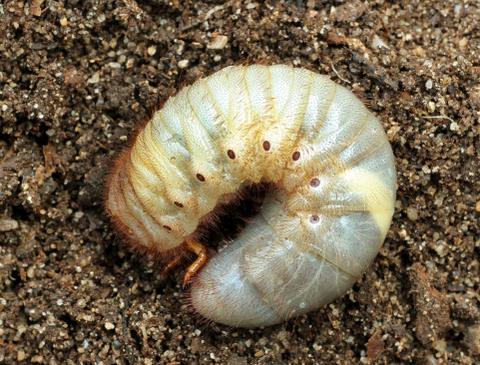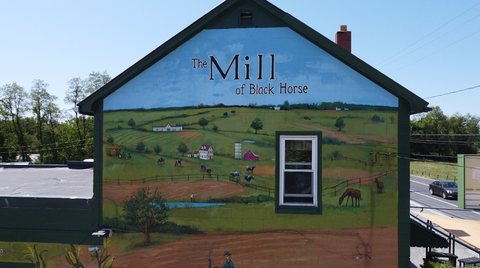Tomatoes are a fruit native to South and Central America that is very nutritious. They provide us with the antioxidant lycopene, Vitamin C, Potassium, and Vitamin K.

Most are red at maturity, but they can be yellow, green, orange, purple and chocolate. Depending on the variety they can grow from 3-10 feet tall. The vines are weak and will perform best with good support.
The largest tomato on record was 7 lbs. 12 oz. and the tallest was an indeterminate greenhouse vine that grew to 65 feet tall.
There are over 10,000 cultivars and they are divided into the following

categories – beefsteak, Cherry, Grape, Patio, Pear, Heirloom, Vine, and Plum.
Tomatoes are either determinate or indeterminate. Determinate varieties stop growing and produce flowers and fruits on their terminal ends all at once. Many of the canning varieties are of this type allowing for large crops for production. Indeterminate vines produce and grow all season and produce fruits along their vines.
Tomato plants are wind or vibration pollinated. Bees are necessary to pollinate the plants so you must use caution of spraying any type of insecticide.
There are several diseases that can affect tomatoes in this area and all purchased packages plants are usually labeled with disease information. The following are diseases that we frequently see due to frequent rains, humid weather, cold late springs, poor soil drainage, and sudden weather shifts. They include Verticillium Wilt (V), Fusarium Wilt (F) or (FF), Nematodes (N), Tobacco Mosaic Virus (T), Alternaria(A), and Late blight (LB).
When preparing to plant, understand that tomatoes like warm, well-drained soil high in organic matter, and calcium, and free of weeds. They prefer full sun and proper staking. When applying water do not get the leaves wet, water at the base. Side dress with plant food that is lower in nitrogen with higher potassium, phosphorous, and calcium fertilizer every 2 weeks.
Now for some companion plantings that are reputed to help. The herb Borage repels tomato hornworm. Asparagus repels nematodes and tomatoes repel asparagus beetles. Dill brings in the parasitic wasp that hunts for tomato

hornworms. Carrots planted between tomato rows aerate the ground for better drainage. Cover crops like Crimson Clover, Hairy Vetch, and Sweet Potatoes prevent the splashing of fungal spores from the ground to the plants during watering or rains and limit early blight and Septoria Leaf Spot. The Crimson Clover is a legume that adds nitrogen back into the soil as well.
The Mill carries over 200 varieties of tomatoes depending on locations throughout the growing season at one point or another. Many are limited in production with the tried-and-true varieties stocked most frequently.












